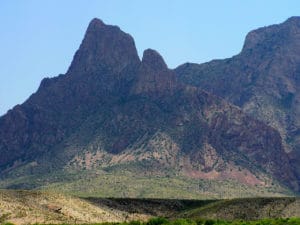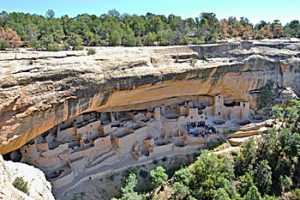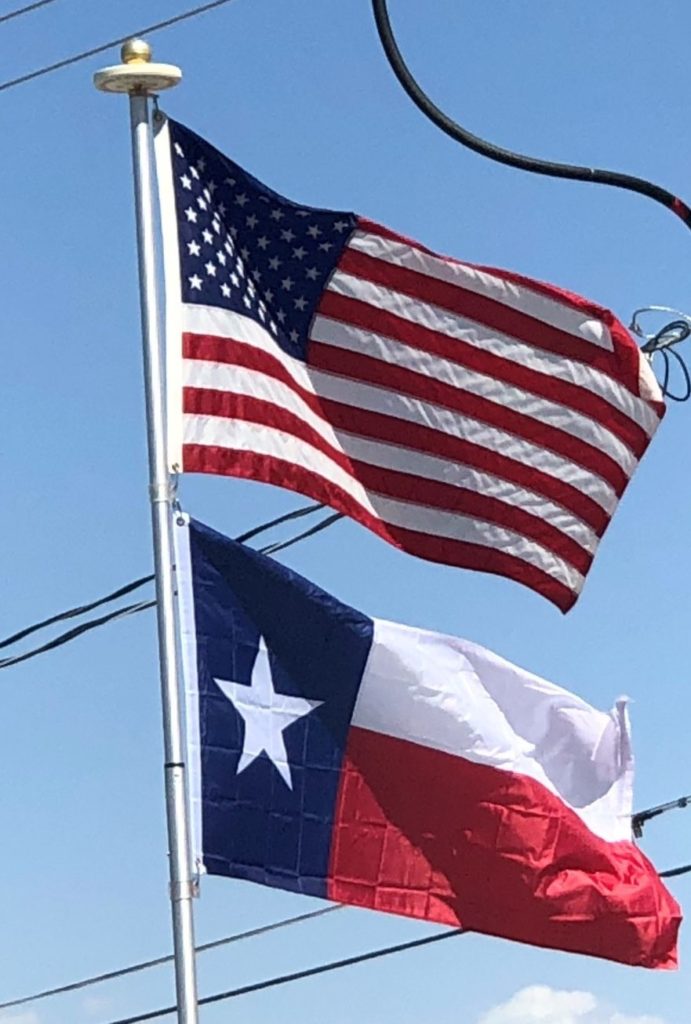The Great Plains region in central Texas spans through the state’s panhandle and Llano Estacado to the state’s hill country near Austin. This region is dominated by prairie and steppe. “Far West Texas” or the “Trans-Pecos” region is the state’s Basin and Range Province. The most varied of the regions, this area includes Sand Hills, the Stockton Plateau, desert valleys, wooded mountain slopes and desert grasslands.

Texas has 15 major rivers, with the Rio Grande as the largest. Other major rivers include the Pecos, the Brazos, Colorado, and Red River.
The size and unique history of Texas make its regional affiliation debatable; it can be fairly considered a Southern or a Southwestern state, or both. The vast geographic, economic, and cultural diversity within the state itself prohibits easy categorization of the whole state into a recognized region of the United States. Notable extremes range from East Texas which is often considered an extension of the Deep South, to Far West Texas which is generally acknowledged to be part of the interior Southwest.
History:
Pre-European Era:
Texas lies between two major cultural spheres of Pre-Columbian North America: the Southwestern and the Plains areas. Archaeologists have found that three major indigenous cultures lived in this territory, and reached their developmental peak before the first European contact. These were:
- The Pueblo from the upper Rio Grande region, centered west of Texas;
- The Mississippian culture, also known as Mound Builders, which extended along the Mississippi River Valley east of Texas; and
- The civilizations of Mesoamerica, centered south of Texas. Influence of Teotihuacan in northern Mexico peaked around AD 500 and declined over the 8th to 10th centuries.

When Europeans arrived in the Texas region, there were several races of Native peoples divided into many smaller tribes. They were Caddoan, Atakapan, Athabaskan, Coahuiltecan and Uto-Aztecan. The Uto-Aztecan Puebloan peoples lived neared the Rio Grande in the western portion of the state, the Athabaskan-speaking Apache tribes lived throughout the interior, the Caddoans controlled much of the Red River region & the Atakapans were mostly centered along the Gulf Coast. At least one tribe of Coahuiltecans, the Aranama, lived in southern Texas. This entire culture group, primarily centered in northeastern Mexico, is now extinct. It is difficult to say who lived in the northwestern region of the state originally. By the time the region came to be explored, it belonged to the fairly well-known Comanche, another Uto-Aztecan people who had transitioned into a powerful horse culture, but it is believed that they came later and did not live there during the 16th century. It may have been claimed by several different peoples, including Uto-Aztecans, Athabaskans, or even Dhegihan Siouans.
No culture was dominant in the present-day Texas region, and many peoples inhabited the area. Native American tribes that lived inside the boundaries of present-day Texas include the Alabama, Apache, Atakapan, Bidai, Caddo, Aranama, Comanche, Choctaw, Coushatta, Hasinai, Jumano, Karankawa, Kickapoo, Kiowa, Tonkawa, and Wichita.
